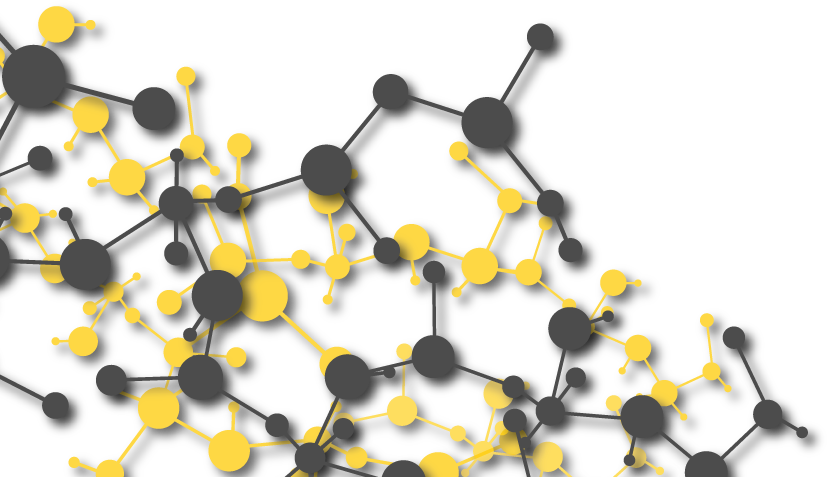PTMEG are known as high-performance polyols capable of formulating polyurethane elastomers in several positive directions. PTMEG polyols afford polyurethane elastomers with enhanced performance with respect to flexibility, dynamic properties, low-temperature performance, resiliency/rebound, hydrolytic stability, low hysteresis, and abrasion resistance.
Polycaprolactone polyols represent a special class of aliphatic polyester polyols used in high-performance polyurethane elastomers. We can produce polycaprolactone polyols with very low acid values (increasing hydrolytic stability and controlled reactivity); perfect end-group functionality (controlled reactivity and improved network formation); narrow molecular weight distributions (low viscosity including in the prepolymer form), and low Tg’s (flexibility at low temperatures). Polycaprolactone-based polyurethanes incorporate many of the benefits assigned to PTMEG polyols, such as good hydrolytic stability in wet environments, low-temperature flexibility, excellent toughness and abrasion resistance, excellent flex fatigue life, durability, and good elastic memory. In addition, polycaprolactone-based PURs are tougher materials than PTMEG-based PURs and exhibit higher temperature properties and better solvent resistance.
Merging the performance attributes of the PTMEG and polycaprolactone polyols into one system would provide a new dimension in soft-block polyols available to polyurethane formulators. This had been previously addressed through the development of ABA triblock copolymer diols with individual PTMEG and polycaprolactone blocks, such as Daicel’s Placcel T2205T and Placcel T2305T. The polyurethane elastomers formulated with the PCL-PTMEG-PCL triblock polyols exhibited outstanding physical properties at low and elevated temperatures, good hydrophobicity, toughness, low compression set, and good mechanical properties. Notable is the higher tensile strengths of the triblock-based PURs vs. PTMEG-based PURs. Another important attribute of the triblock polyols in polyurethanes was their low tendency to “cold-harden” by crystallization in the “soft blocks.”
PTMEG-Polycaprolactone Blends
Now, blends of PTMEG with polycaprolactone polyols have been identified that fill the gap between these two systems. Placcel 220UA, a 2000 MW polycaprolactone polyol, has been found to be miscible in PTMEG 2000, especially at PCL levels below 25%. Compatible blends of Placcel 220UA with PTMEG 2000 afford polyurethanes with higher tensile properties vs. PTMEG-based polyurethanes. The properties of MDI prepolymer polyol blends, chain extended with 1,4-butanedol, are shown in the table below. The NCO index and the process conditions were as follows.

Samples 2 and 3 are the blends of PTMEG 2000 and Placcel 220UA at two different ratios. Sample 4 is the ABA triblock polyol system based on Placcel T2205T, at a molecular weight of 2000.
Comparative Evaluations of Blends vs. PTMEG 2000 and a 2000 MW ABA Triblock

Most significant is the flex durability of the blends. Bending rates of > 200,000 cycles were achieved by incorporating Placcel 220UA into PTMEG 2000 at levels of only 20%. The chart below summarizes this finding.

Another important attribute of the triblock polyols in polyurethanes was their reduced tendency to “cold-harden” by crystallization in the “soft blocks.” The figure below provides an indication of cold-crystallization in the various soft block compositions.
Temperature sweeps against the viscoelastic real storage modulus component, E’, are a useful measurement for detecting the temperature dependence of phase transitions such as crystallization in a polymer or polymer blend. As the polymer passes through the glass transition, there is a sharp drop in E’. Crystallization, as demonstrated in the red line (PTMEG 2000) in the figure below, is revealed through a displacement in the E’ decrease. For the two PTMEG 2000/Placcel 220UA blends (samples 2 and 3) and the ABA triblock copolymer of PTMEG and PCL (sample 4), the E’ profile demonstrates a reduction or absence of this crystallization behavior, thus indicating a reduced tendency to cold crystallize. This improves low-temperature flexibility and avoids modulus creep and Durometer rise when aging of the PURs.
Low-Temperature Crystallization Characteristics

Attributes
The spider diagram below compares the different attributes of the PTMEG-PCL blends in a polyurethane elastomer against the key performance indicators for the individual PTMEG 2000 and PCL 2000 polyols. Most significant are the enhancements in flex fatigue resistance, cold hardening resistance, and tensile strength while maintaining excellent mechanical properties over a wider temperature range.

Applications
The applications for the PTMEG-PCL blends in polyurethanes include cast polyurethanes (CPUR) elastomers and thermoplastic polyurethane (TPU) parts. coatings, adhesive and sealants, polyurethane dispersions, and microcellular foam. End-use markets include seals and gaskets, wheels and rollers, pipeline coatings, compostable packaging adhesives, and TPU protective films.
Conclusions
Miscible blends of PTMEG with polycaprolactone polyols have been identified that fill the gap in polyurethane performance between PTMEG and polycaprolactone polyol systems. Attributes of the blends in polyurethanes include a wider temperature performance range, enhanced flex-bending lifetimes, increased tensile properties, and a lower tendency to “cold harden” through soft segment crystallization. End uses include seals and gaskets, wheels and rollers, parts experiencing water immersion and solvent exposure, coatings, adhesives including compostable packaging adhesives, and protective film.
To explore how our range of urethane intermediates can address your unique polyurethane elastomer applications, partner with Gantrade Corporation. Our expert teams, armed with a wealth of technical knowledge and experience, can guide you to the best solutions for your applications.















